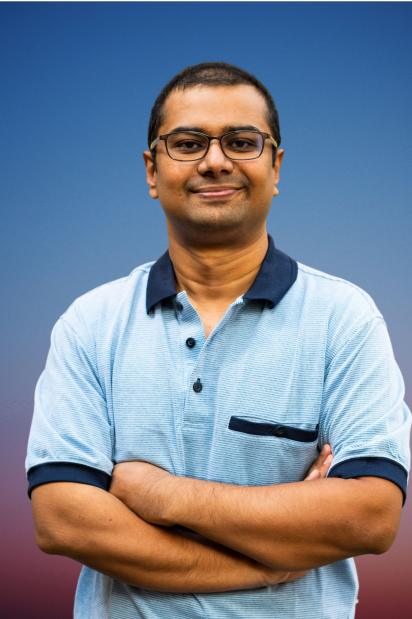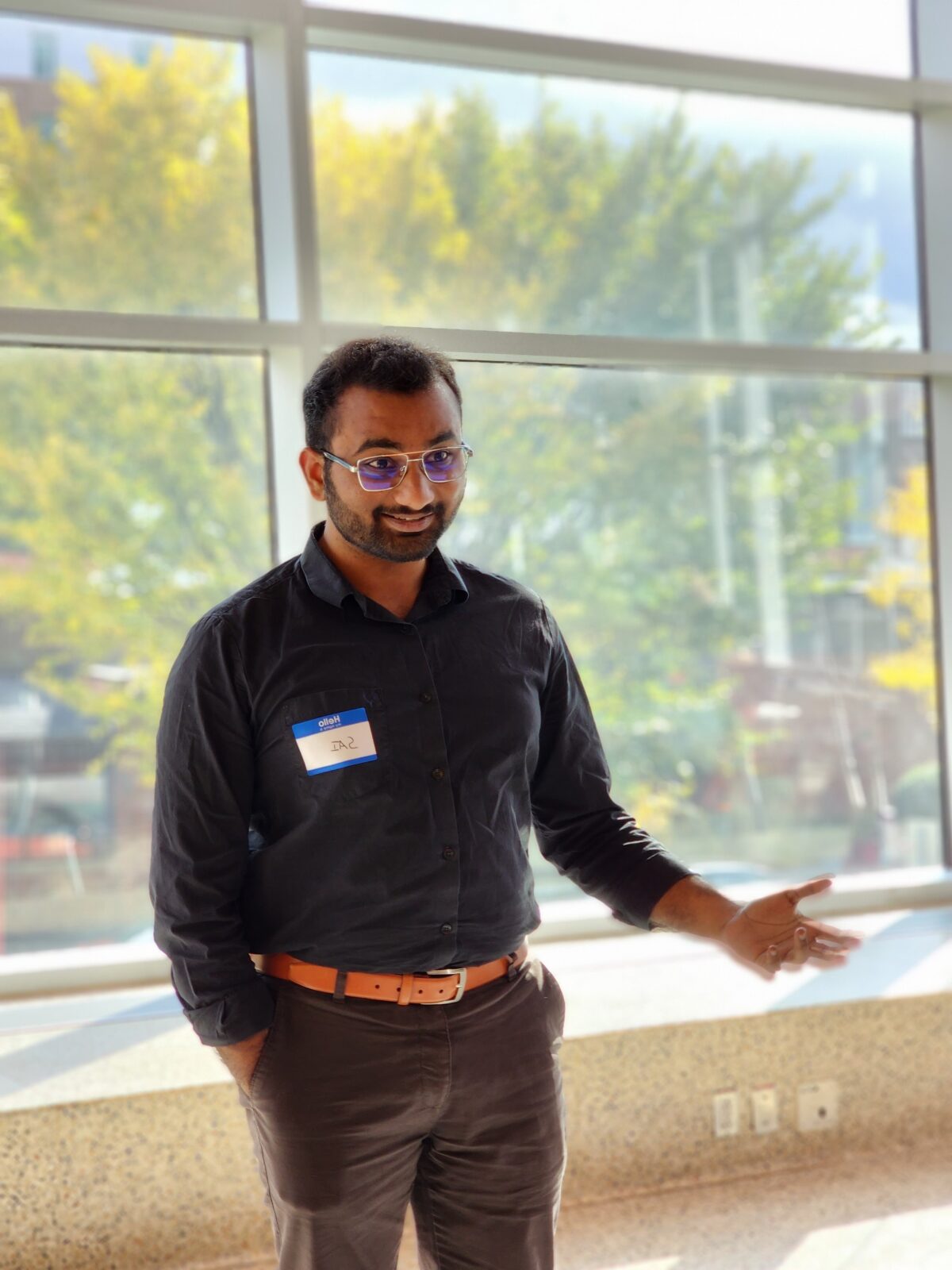Who is Lucia?
Lucia is a multidisciplinary designer, community founder and mentor living in Montevideo, Uruguay and working remotely as a Design Manager at TheoremOne, a custom software development and consulting firm. With a background in computer processing and industrial design, she has been working in the software industry for over 6 years and has experience designing for SaaS, B2B, B2C, and B2G products in several industries, and a deep interest in new technologies such as Crypto, Voice UI and AR/VR. The experience of working in a male-dominated field and living the challenges of being a woman in tech, encouraged her to found “Mujeres IT”, a women in tech community with +900 members, and “Latin Female Designers”, a community for creative women. Lucia is a design mentor in ADPList.org, giving advice in the areas of design career, portfolio and leadership. She also loves traveling, retro video games, horror movies, rollercoasters, and history documentaries.
Tell us more about your role in Interaction Design Foundation (IxDF)
I joined Interaction Design Foundation a couple of years ago, first as a student of their courses, then as a mentor and moderator. I started mentoring students of the IxDF UX and UI Design Bootcamps about 2 years ago, giving feedback on portfolio and final design projects, then I joined as moderator in presentations, most recently giving feedback on final projects of the Research courses. With these activities I had the pleasure of meeting students from all over the world, Americas, Europe, Africa, and learning from very different realities and cultures. That gives me a perspective of what it means to be a designer in different countries and understand the pain points of those who are just starting out.
What is the most difficult part of your job? But the most rewarding one?
In my current role as Design Manager, many things have changed since I was an Individual contributor (Product Designer), now the focus of the role is reporting on people happiness and team performance. We are human beings, and we are complex and unique, so creating a healthy work culture and building trust with your team, is a daily challenge. One of the biggest challenges is to build a bond with each one of my team members so that they can trust me, and I can also trust them, to be able to build a solid and performing team but at the same time for me to be able to protect them and understand when for example, they are going through a difficult personal moment that is affecting their performance. It is curious, but the most difficult is also the most rewarding part, because once trust is built, the team becomes very strong, and it is easier to detect ups and downs to act on time and keep the team motivated. A motivated team generates successful results, and that is the greatest reward.
Is there anything that you would change about your professional path?
Absolutely not. From a very young age I knew that I wanted to work in technology and I have explored several paths until I found my passion in software and product, and I believe that if I had not done it that way I would not be here. The time invested in learning different things is not wasted time, these are necessary steps that we must take to realize where we belong, or where we want to go. The path to leadership for me has taken place organically, I have always been a curious and ambitious person, the comfort zone is not my favorite place, I feel the need to constantly improve and explore new territories. Something that I would have liked is to have had access to mentoring platforms like the ones that exist today, these are an invaluable source of inspiration and learning that those who are starting in design today are lucky to have available today.
What’s your key strategy for the development of your company?
The strategy for the growth of Mujeres IT has been and continues to be to generate strong and close bonds with the women who are part of the community. Our differential is to speak face to face with the IT woman, without intermediaries, and generate a sense of belonging with the group. In this way, those who make up the community feel that they are also building it and that they are part of its impact.
What do you think about the next period of time, keeping in mind the pandemic and the new business climate? How will your industry be affected?
There is a before and after of the pandemic, in organizations and in consumers. Many companies have been forced to move into the digital space, adopting or incorporating new technologies, which has generated a huge demand for remote work, which is one of the new habits that will continue even after the pandemic, the way of conceiving work will no longer be the same, in a world that previously continued to adhere to the rigidity of on-site work.
On the other hand, the way of consuming products has changed, and either due to confinement, or due to fear of contagion, many people have preferred online shopping and in fact will continue to maintain that habit because the shopping experience on various platforms has also improved.
Please name a few technologies which have the greatest impact on your business
Machine learning for sure, automation of processes and personalized and custom experiences. Remote working tools that transcend the use of the video camera and that include experiences in the metaverse, for example.
What books do you have on your nightstand?
Recently I’ve been reading “Designing Voice User Interfaces” by O’Reilly, I like to read about new technologies, and usually I read a technology or design book and a totally different book at the same time. I like bibliography or mystery reading, Dan Brown style. When I travel I usually buy a lot of books, my library has grown a lot in the last few years. Reading is food for the brain and soul!
Tell us more about your role in Mujeres IT
5 years ago, I asked myself this question, “Where are the women of technology?” Since I was a computer science student, I lived what it is like to be a minority in the IT area, and I wanted to create a place that would make IT women visible. With this idea, the Mujeres IT Directory was born, which today includes more than 900 IT women from Latin America and the world, and the project has become the huge community it is today. As the founder, I stay close to the initiatives and the community, and I lead the brand’s strategy. I work with a beautiful group of co-founders and collaborators who carry the project forward. My role as a member of the community and as an IT woman, is to convey the message of why diversity in technology is important, and how the gender gap in the area is a real problem that affects a society totally influenced by technology.




